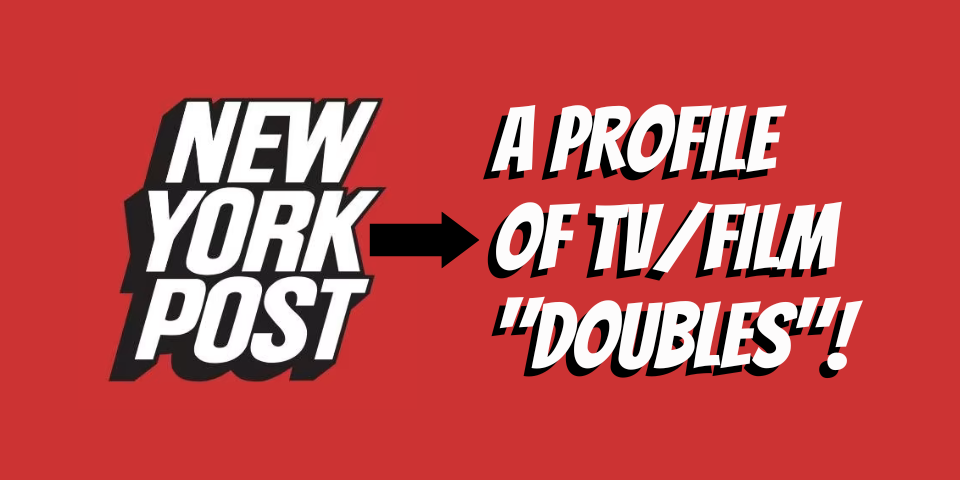On May 27, 2023, the New York Post profiled several TV & film “doubles” in an article titled “Spot the difference! Meet the Hollywood body doubles who even fool the stars.”
The article profiles “doubles” for Reese Witherspoon, Lena Dunham, Eddie Murphy, Téa Leoni, and Melissa Roxburgh, also making mention of the recent use of a “double” for Jamie Foxx upon the actor’s experiencing a reported medical complication.
“Doubles”?
The article appears to be fairly relaxed in its use of the term “body double.” But in television and film productions working under SAG-AFTRA collective bargaining agreements, the terms “stand-in,” “photo double,” and “body double” have significantly different meanings — primarily in terms of pay.
Photo doubles (or technically background actors doing “photographic doubling”) typically receive the lowest pay of the three, with stand-ins paid a little more, and with body doubles making much higher rates. (There are also stunt doubles, which may earn as much as body doubles, only that stunt doubles earn residuals while body doubles do not.)
News media often fail to use the term “double” and “stand-in” inaccurately, which can be problematic for the careers of the main talent. For example, referring to a stand-in for an actor wrongly as a double may lead to the public thinking the actor is trying to fool audiences about his/her actual appearance, especially when the stand-ins looks significantly different from the actor. Stand-In Central has reported on this longstanding issue in reporting with a plea to stop the practice.
What These “Doubles” Did
Reading the article, it is clear that those featured in the article were not all always working as body doubles, and hence not always working at the higher rates body doubles tend to command. Some of those profiled worked as possibly more often as stand-ins, who also at times did photo doubling, and at other times may have worked as body doubles.
One point of distinction between stand-ins and “doubles” is that “doubles” work on camera, while stand-ins work behind the scenes, not on camera except for setting up shots and rehearsing. They are not shot for use in the picture. But if they were shot, these stand-ins would usually end up getting an additional adjustment to their pay for doing photographic doubling, effectively working as a stand-in and a photo double on the same day.
Final Thoughts
It’s great to see the continued interest in the work of the professionals who make film & TV possible. It is especially great to see stand-ins profiled again in the news, even if they may have be somewhat misrepresented as “doubles.”
You can read the New York Post article here:
“Spot the difference! Meet the Hollywood body doubles who even fool the stars.”
How you been profiled in the news as a stand-in or “double”? Post your article in the comments below!







Leave A Comment